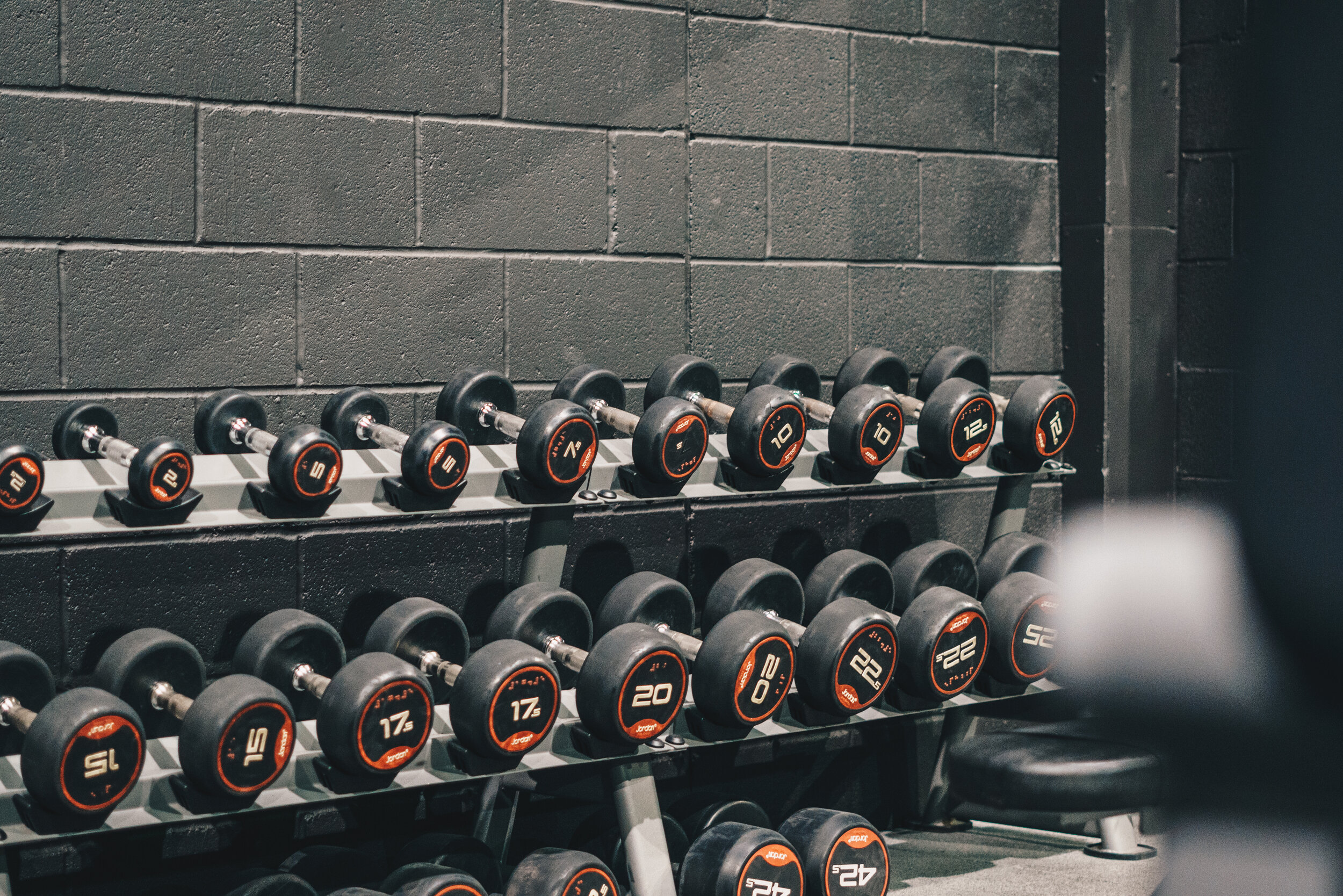A sad fact about the personal training field is that almost anyone can become a personal trainer with a bare minimum of education & certification. Unlike other health care professions, there are no strict licensure requirements, boards or educational exams to pass before you can call yourself a trainer.
In other words there is no law that says in order for you to be a personal trainer you must possess credentials and continue to update them throughout your career - similar to physical therapists, doctors, lawyers, barbers and nurses would do.
Most people assume all trainers are qualified under a single standard to become professionals, but this is not true. In fact 99% of all clients I have worked with never asked about my credentials or certifications. (I was certified through the American Council on Exercise in 1996 and have an additional 20 specialty certifications)
The majority of our usefulness as trainers comes from providing accountability, motivation, and uncovering the client’s real internal needs - especially those that go beyond the physical.
We all have weight loss goals – but what is the driving force underneath the desires to change? How does this goal affect all the other areas of your life, and so on? Clarifying your goals and uncovering your strengths and weakness is the key to long term success and getting the physical rewards of exercise.
So how will you choose the right one for your personal training sessions? Here are 8 attributes you should look for when selecting the right personal trainer for you.
1. CREDENTIALS/ CERTIFICATIONS
They should have credentials or certifications and should be able to prove taking continuing education courses.
2. ASSESSMENT
They should do an assessment beforehand. This is a conversation that includes questions about goals, exercise history, current diet and eating patterns, a complete medical intake, sleep and other lifestyle and environmental factors. A separate physical and orthopedic assessment is done to determine a baseline of exercise capabilities.
3. RECORD KEEPING
Effective trainers keep records and notes on their clients to record progress, health issues and updates on orthopedic or medical conditions.
4. INDIVIDUALIZED PROGRAMS
You should choose a personal trainer that writes exercise or diet programs based on the specific needs of yours and not what works for them.
Everyone is unique and has different goals and needs.
If you work with a bodybuilder trainer you are most likely to get his workout routine or some variation on it. He might recommend you make all your meals ahead of time and eat out of Tupperware containers! And the same goes for trainers who like Olympic lifting, CrossFit style training, kettlebells or high intensity work.
A really good trainer will create programming that fits into the context of what you need and want - and is appropriate for you. They meet you where you are and listen carefully to what you say. Then with that knowledge - apply the appropriate tools or method most suited to you.
5. REAL TRAINING SESSIONS
Yes a 7 minute warmup can be done on a treadmill or bike - but this is something you need to do on your own before the training session. Most trainers now use mobility, stretching and bodyweight exercises for an effective warmup. It’s more time efficient and better for the body.
If they put you on a cardio machine during the session, then you should better find someone else.
6. PROFESSIONALISM
Many personal trainers spend time checking their phone or texting during the workout. I have seen this happen quite frequently and it’s very unprofessional. Does your doctor text while you are in the examining room? Others cross talk and hold conversations with others in the gym during your session.
You are paying for their time and over-talking shows a lack of respect to you. If they don’t respect you in front of your eyes, how much thought do you believe they’ll put for your work-out routine?
7. TEACHING
A good personal will teach you and help educate you about the Why and the How behind the exercise and diet regime he has chosen for you. It’s not just a random set of body part exercises thrown together.
They will help you develop lifelong skills and maximize your potential so you can be successful and feel you have a sense of agency over your becoming the best you can be. It’s not just about counting reps and sets!
8. MOTIVATION
This doesn’t mean cheerleading or saying “It’s all you!” or “Come on dig deeper!” These have a time and a place, but for many this style is not a good fit.
A good trainer will find ways to make meaningful interpersonal connections and find the intrinsic motivations that drive the clients and motivate them to do the hard work.
BONUS TIPS
I hope this will give you some insight in choosing a personal trainer. 2 extra tips you can do if you are thinking about working with a trainer.
WATCH THEM IN ACTION
If you work out at a gym watch the trainers as they work with other clients and ask “Would I feel comfortable with this person?” Could I do the stuff he is teaching his client?
INTERVIEW
Ask for referrals and then interview each trainer about his philosophy and training methods. Also ask for his certifications and if he has other specialties.
Take your time with this process! You will be spending a lot of time with this person. Interview as many people as you can. Do you look to a potential trainer and feel you want to emulate their lifestyle or attain a similar body type? Do you like their personality?
I hope this helps! If you need more guidance please feel free to contact me for a free consultation.

![How to Lose Body Fat and Weight in your Sleep [Maximum Results Based on Science]](https://images.squarespace-cdn.com/content/v1/5bef0232266c078f307b92c3/1609611814038-U0UXKKW8464EL4OERAFS/image-asset.jpeg)

![Lazy ways to lose weight throughout the holidays [13 tricks]](https://images.squarespace-cdn.com/content/v1/5bef0232266c078f307b92c3/1608444291730-1PAAA2NK6OTMZRVMGEI0/image-asset.jpeg)
![11 proven ways to lose weight [NO diet or exercise]](https://images.squarespace-cdn.com/content/v1/5bef0232266c078f307b92c3/1607789419536-3993JVOAWDOWYAGODZZE/image-asset.jpeg)













